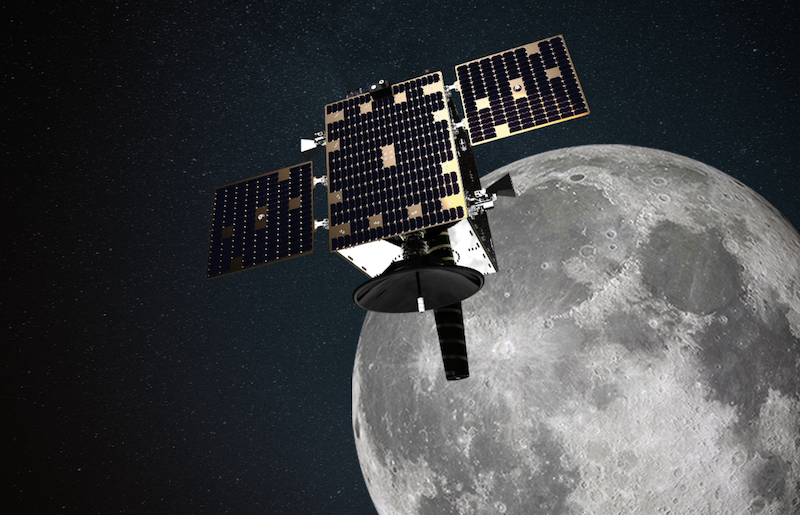The European Space Agency (ESA) is calling for proposals for missions to the Moon that can leverage existing resources such as Moonlight program lunar communications and navigation services.
Issuing the new call for proposals is ESA’s Terrae Novae exploration program. The Terrae Novae 2030+ strategy has three overarching goals: establishing a sustained European presence in low-Earth orbit, sending the first European astronaut to explore the Moon’s surface by 2030, and participating in the first human mission to Mars.
Small exploratory missions are intended to support the implementation of the Terrae Novae roadmap, through the use of robots as precursors and scouts. Mission objectives should include closing technology gaps and expanding scientific knowledge of both the Moon and Mars.
The new call for proposals is broad and represents an excellent opportunity for small and medium-sized companies to claim a role in the field of space exploration. Proposals can come from individual companies as well as from consortia, including research institutions.
Proposed missions can range from fly-by satellites and orbiters to landers and rovers, as long as their focus is on exploration and scientific activities. Total cost should not exceed €50 million, and development from kickoff to launch should take less than 4.5 years. To stay within budget, the proposed missions should use, to the extent possible, established resources, including ‘piggybacking’ on main payloads of the new Ariane 6 launcher and using Moonlight communications and navigation services.
Moonlight by ESA
ESA’s Roadmap for lunar navigation services comprises three phases. Phase 1, from 2023 to 2027, starts with Earth-based GNSS systems for lunar navigation. In 2025, there will be a first demonstration of Lunar Pathfinder spacecraft, designed to provide affordable communications services to lunar missions, and also equipped with a high-sensitivity GNSS receiver. These technologies may be sufficient for the provision of Earth-to-Moon transfer, navigation and timing, and for high lunar orbit navigation.
Phase 2, starting around 2027, will involve a GNSS-like service from the Moon, including satellites in lunar orbit, enabling lunar landing and surface navigation. Phase 3 will entail full lunar PNT, with complete coverage, high availability and accuracy. This could include not only navigation satellites in orbit but also surface beacons, local differential augmentation and reference stations.
The call for proposals for new moon missions is open until 14 December 2023.






